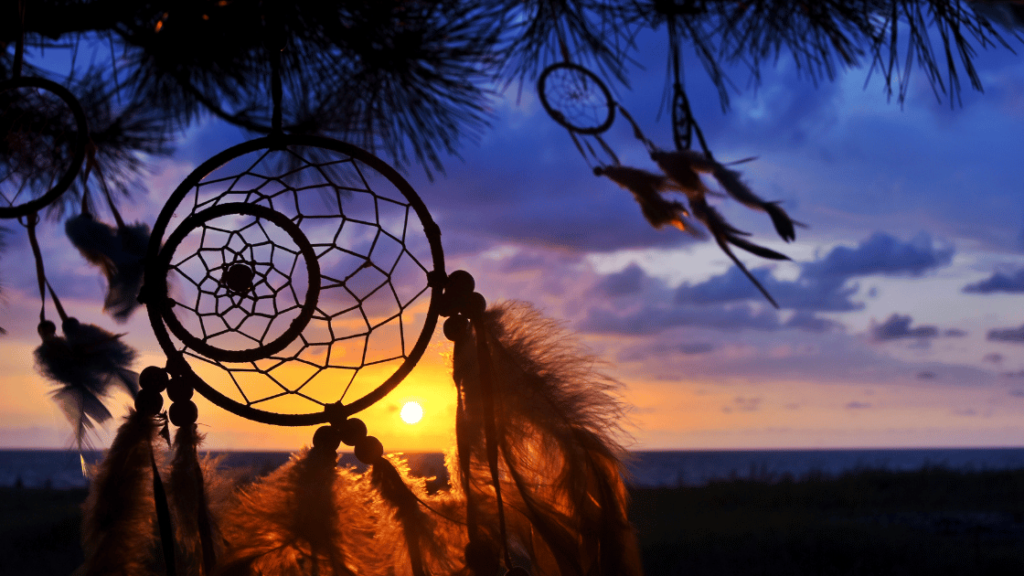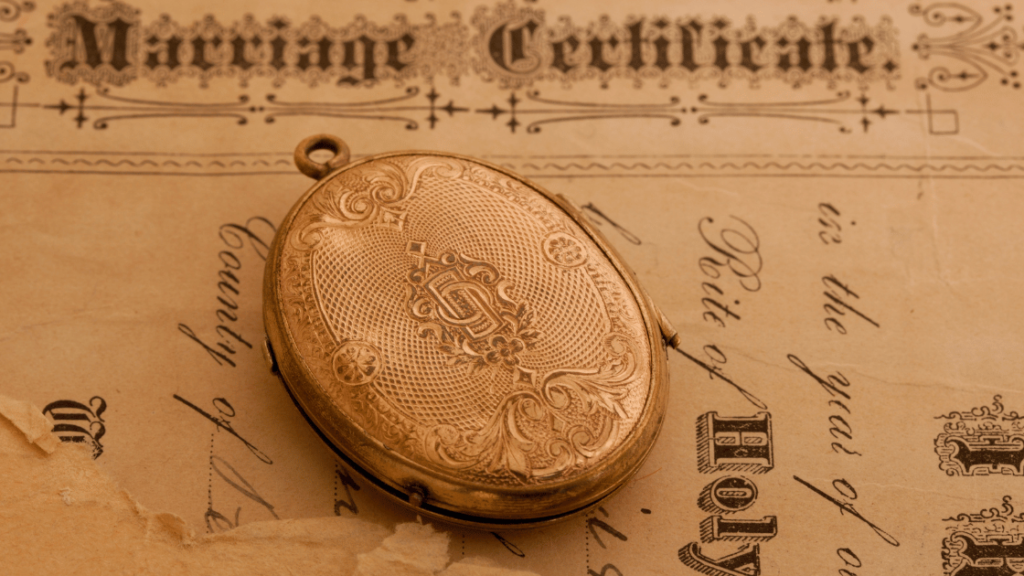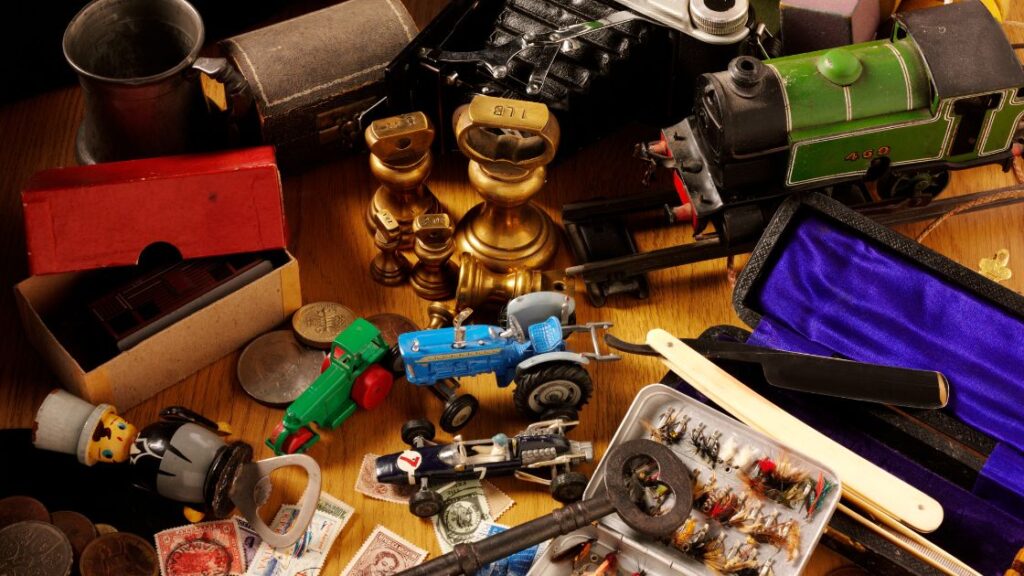Cultural artifacts are like time-traveling storytellers. They weave the fabric of our collective identity, dance with us in the present, and whisper secrets from the past. Consider an old, worn-out pair of sneakers, a tribal mask, or a dusty book. Each has a wealth of significance. Let’s explore these hidden gems and see why relics from the past matter more than we realize.
Crafting Stories: The Birth of Artifacts
Close your eyes and picture an ancient potter molding clay under the sun. Their hands, weathered by time, shape a vessel—a kohl jar in Egypt, a teapot in China, or a ceremonial bowl in Peru. These artifacts are more than clay and glaze; they’re whispers of human ingenuity. The potter’s fingerprints linger, connecting us to their hopes, fears, and daily rituals. Fast-forward to today: a graffiti artist spray-paints a wall in Brooklyn, leaving behind a vibrant mural. Artifacts evolve, but the magic remains—their creation is an act of storytelling, a bridge between generations.
Symbols Carved in Stone: Decoding Meaning

Religious artifacts are cosmic emojis. Take the Buddhist prayer wheel, spun by devotees to release blessings into the universe. Each rotation whispers mantras, like wind brushing against mountain peaks. Or consider the Ankh, an Egyptian cross with a looped top. It’s not just jewelry; it’s life and eternity entwined. And what about the Dreamcatcher? Hung above beds, it sifts through nightmares, letting only sweet dreams pass. These symbols transcend language; they’re passports to the soul.
Flags, Anthems, and Tattoos: National Identity
Flags flutter in the wind, stitching together nations. The Maple Leaf of Canada whispers “peace and diversity.” The Tricolor of India sings of struggle and resilience. And when anthems play, hearts swell—a collective heartbeat. Tattoos, too, ink stories onto skin. A Polynesian sleeve tells of voyages across vast oceans. A Japanese cherry blossom whispers impermanence. These artifacts aren’t just ink; they’re passports to belonging.
From Tea Bowls to Totem Poles: Global Treasures
In Japan, the chawan cradles matcha like a lover’s hands. Its simplicity mirrors Zen gardens—each sip a meditation. Meanwhile, Maori taonga—greenstone necklaces—carry tribal memories. They’re not mere jewelry; they’re ancestors’ whispers. And don’t forget the totem poles of Native Americans. Each animal figure dances with legends—the raven heralding transformation, the bear guarding ancestral wisdom. These artifacts are cultural compasses, pointing us home.
Threads of Ancestry: Personal Artifacts

Your grandmother’s locket, worn close to her heart, holds sepia-toned secrets. The wedding ring on your finger isn’t just metal; it’s vows etched in eternity. And that tattered concert ticket? It’s a time machine to that summer when music tasted like freedom. These artifacts aren’t clutter; they’re soul maps. They remind us who we are, where we’ve been, and where we’re headed.
Hanboks and Dia de los Muertos: Identity Bridges
Imagine wearing a Hanbok during Chuseok—the fabric whispers of harvest feasts and laughter. Or building an ofrenda for Dia de los Muertos—a shrine of marigolds and memories. These artifacts bridge cultures, stitching immigrant stories into the fabric of new lands. They say, “Remember your roots, but bloom where you’re planted.”
Preserving the Tapestry: Museums and Memories
Museums are time capsules. The Louvre cradles Mona Lisa’s enigmatic smile. The Smithsonian houses moon dust and Amelia Earhart’s courage. And your grandma’s attic? It’s a treasure chest—letters, faded photos, and that cracked teacup. These artifacts aren’t relics; they’re whispers of continuity. So, let’s digitize, curate, and pass them down. Our heritage deserves a front-row seat in the cosmic theater.
The Science Behind Artifacts: Why They Matter

Research confirms what our hearts already know: cultural artifacts are more than dusty relics. They’re vital for understanding our beliefs, values, and personal growth.
Identity Anchors
Studies show that individuals who engage with their cultural artifacts—whether through storytelling, rituals, or wearing traditional clothing—report a stronger sense of identity and belonging. These artifacts ground us, especially during times of change or displacement. Imagine slipping into your grandmother’s sari during a family celebration. Suddenly, you’re not just you; you’re a lineage of resilience and grace.
Memory Triggers
Neuroscientists reveal that artifacts activate memory centers in our brains. When you touch your great-grandfather’s pocket watch, neurons fire, and suddenly, you’re in his workshop, smelling the oil and hearing the tick-tock. These triggers aren’t mere nostalgia; they’re portals to understanding. They remind us that we’re part of a vast human saga—a story stitched together by countless hands.
Cultural Resilience
Anthropologists study artifacts like detectives. They decode pottery shards, arrowheads, and cave paintings. Why? Because these fragments whisper tales of survival. The Venus of Willendorf, a tiny fertility figurine from 30,000 BCE, survived ice ages, wars, and revolutions. It’s a resilient hug from our ancestors, saying, “We endured; so will you.”
Values in Stone
Imagine standing before the Rosetta Stone in the British Museum. It’s not just a slab of granite; it’s a bridge between ancient Egypt and modern linguistics. The hieroglyphs, Demotic script, and Greek text unlock secrets. Artifacts like this hold cultural DNA—the values, laws, and wisdom of civilizations. They’re guideposts for our moral compass.
Personal Transformation
Reflecting on artifacts nudges us toward self-discovery. That Buddhist singing bowl you bought at a flea market? It taught you mindfulness. The Mexican huipil you wore during a solo trip? It whispered courage. These artifacts aren’t passive; they’re catalysts. They nudge us toward empathy, curiosity, and growth.
Recognizing the Significance
Next time you hold a quill pen, a seashell, or a vinyl record, remember: you’re touching the pulse of humanity. These artifacts aren’t remnants of some old existence; they’re living, breathing chapters of human history. So, embrace your cultural backpack—fill it with memories, symbols, and stories. Within the creations, emblems, and objects we preserve and treasure lie the essence of personal and collective meaning that passes from one generation to the next.
For more about the significance of understanding more about your cultural heritage, check out:


